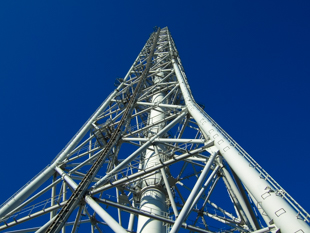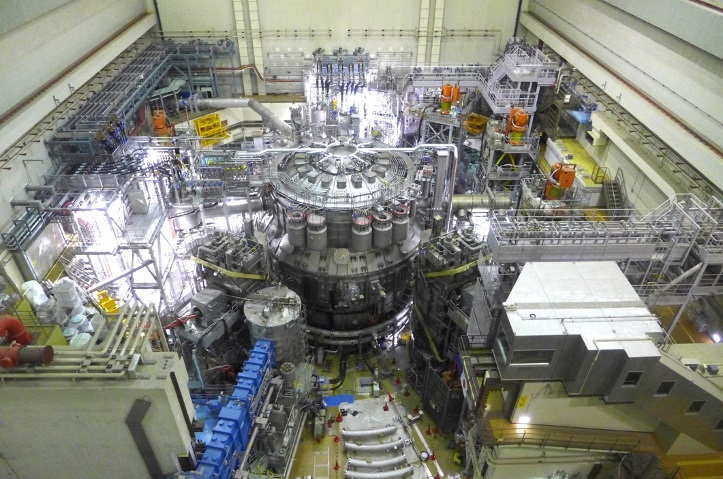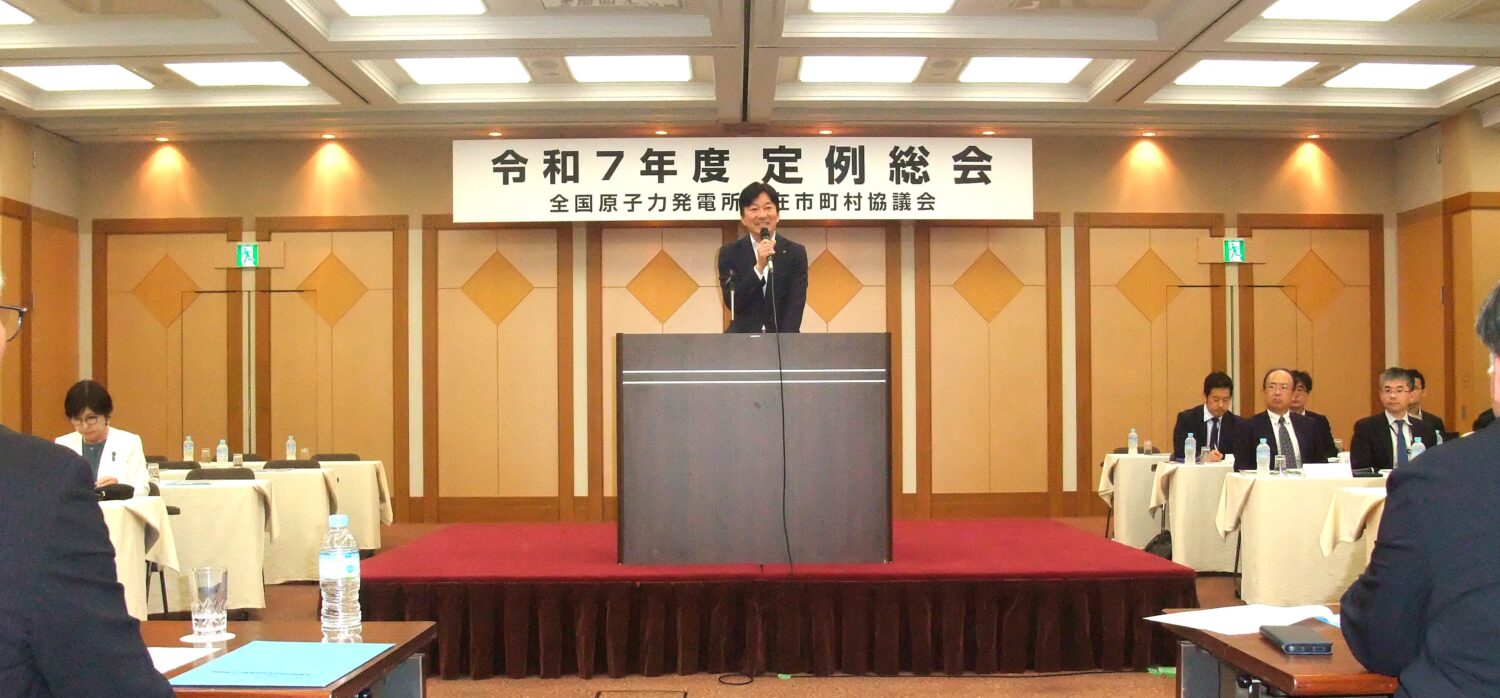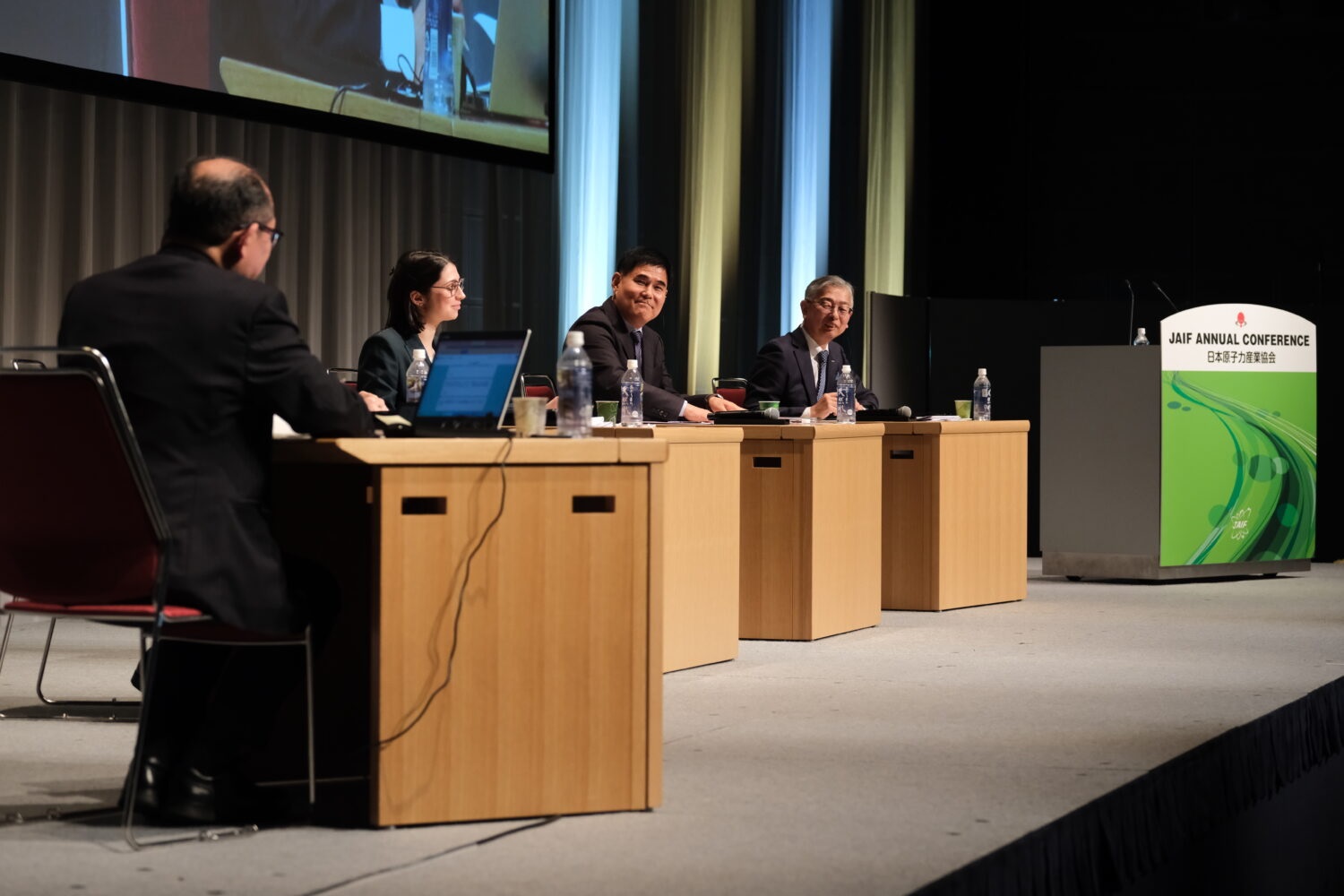Fujiyama concluded that depopulation and progress on energy conservation were holding down power consumption, and that Japanese society was reaching a major turning point beyond which power demand would decline.
According to a recent governmental White Paper on Energy Policy, Japan’s power consumption, against the backdrop of the postwar “economic miracle,” increased steadily again from 1973, when the first “oil shock” occurred. Since 2008, however, industrial production has been sluggish in the wake of the global financial crisis, and consumption has tended to decline, primarily in industries.
The investigative report, which takes into account such things as population dynamics and the potential for further energy consumption, analyzes power consumption toward 2050 in four sectors: manufacturing, business (including tertiary or service industries), households, and transport.
Explaining the recent downward trend in power consumption, the report cites both economic and societal factors, as follows: (1) the total population of Japan peaked in 2008 and has been declining since then; (2) electrical apparatuses have become more energy-efficient thanks to efforts by manufacturers, inspired by the need to combat global warming.
In terms of power consumption by sector, manufacturing in Japan is continuing to shift to low-power-consumption business types, with power consumption expected to remain generally unchanged. In the business and household sectors, meanwhile, power consumption is expected to fall substantially because of depopulation, fewer households, and the wider use of energy-saving equipment。
For example, power consumption per home in the household sector is expected to decline, with two scenarios as follows: (1) by 2-4% if existing air conditioners are all replaced by energy-saving ones, and 10% if refrigerators are replaced similarly; (2) by 5% or so if LED lighting replaces all other illumination. Consequently, power consumption in the household sector is expected to fall 31.4% by 2050 from the 2016 level.
The Agency for Natural Resources and Energy (ANRE) has just issued a draft of a revised Strategic Energy Plan—also eyeing 2050—toward finalizing the plan this summer. In the report, JRI’s Fujiyama notes that the focus tends to be on power supply in the development of long-term energy policy, such as the positioning of nuclear power and targets for introduction of renewable energies. The report thus suggests that discussions on the power supply-and-demand outlook be broader, more expansive, and less skewed toward the supply side.
In the draft of the revised Strategic Energy Plan, nuclear power is positioned as
“an important base-load power source contributing to the stability of the long-term energy supply-and-demand structure.”
For reference, the total electricity generated by nuclear will be approximately 130TWh in 2050 if (1) the operating lifetimes of all existing nuclear power plants—not including those under construction)—are extended to 60 years, (2) no new NPPs are constructed, and (3) all NPPs are operated with capacity factors of 70%.







-013.jpg)



